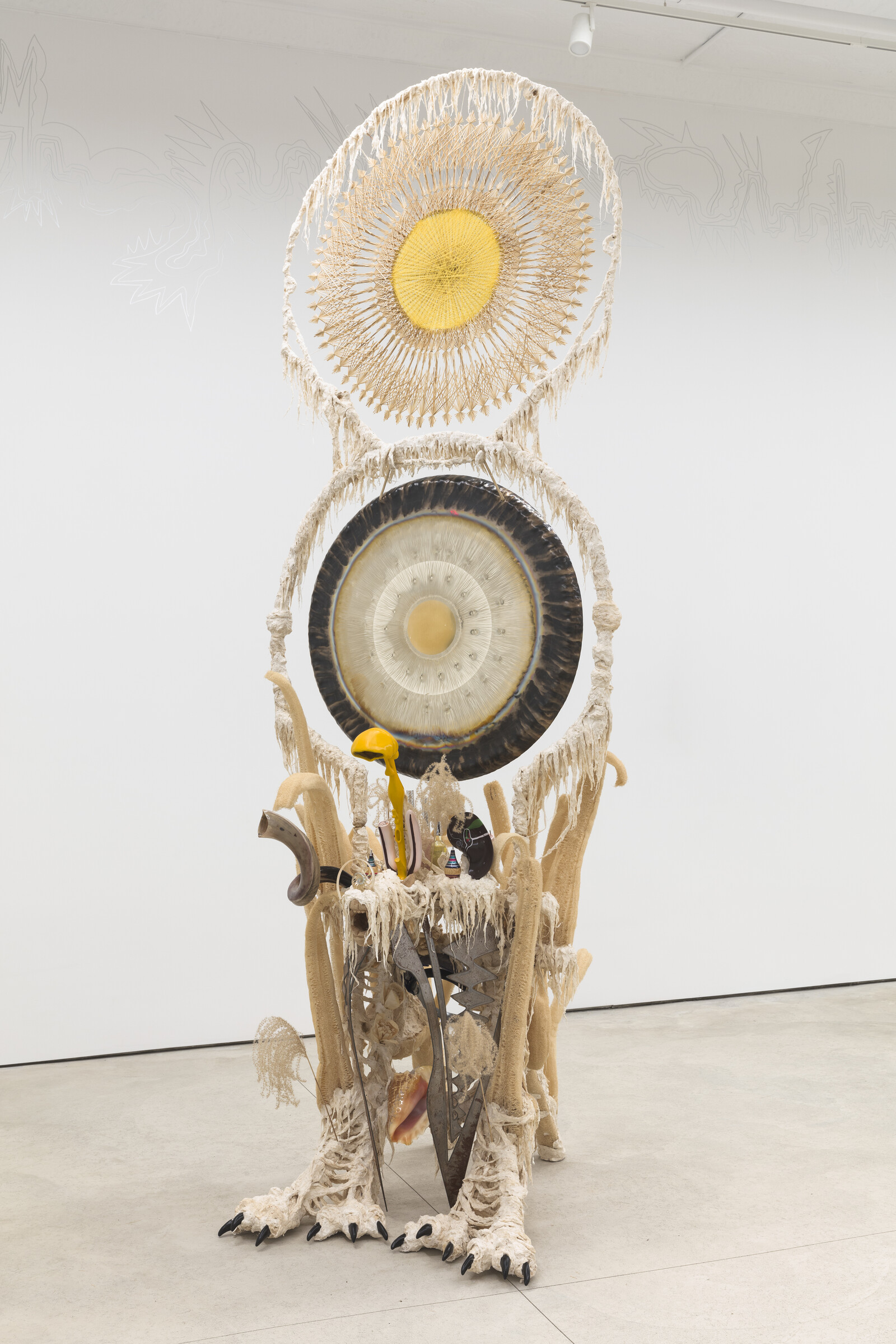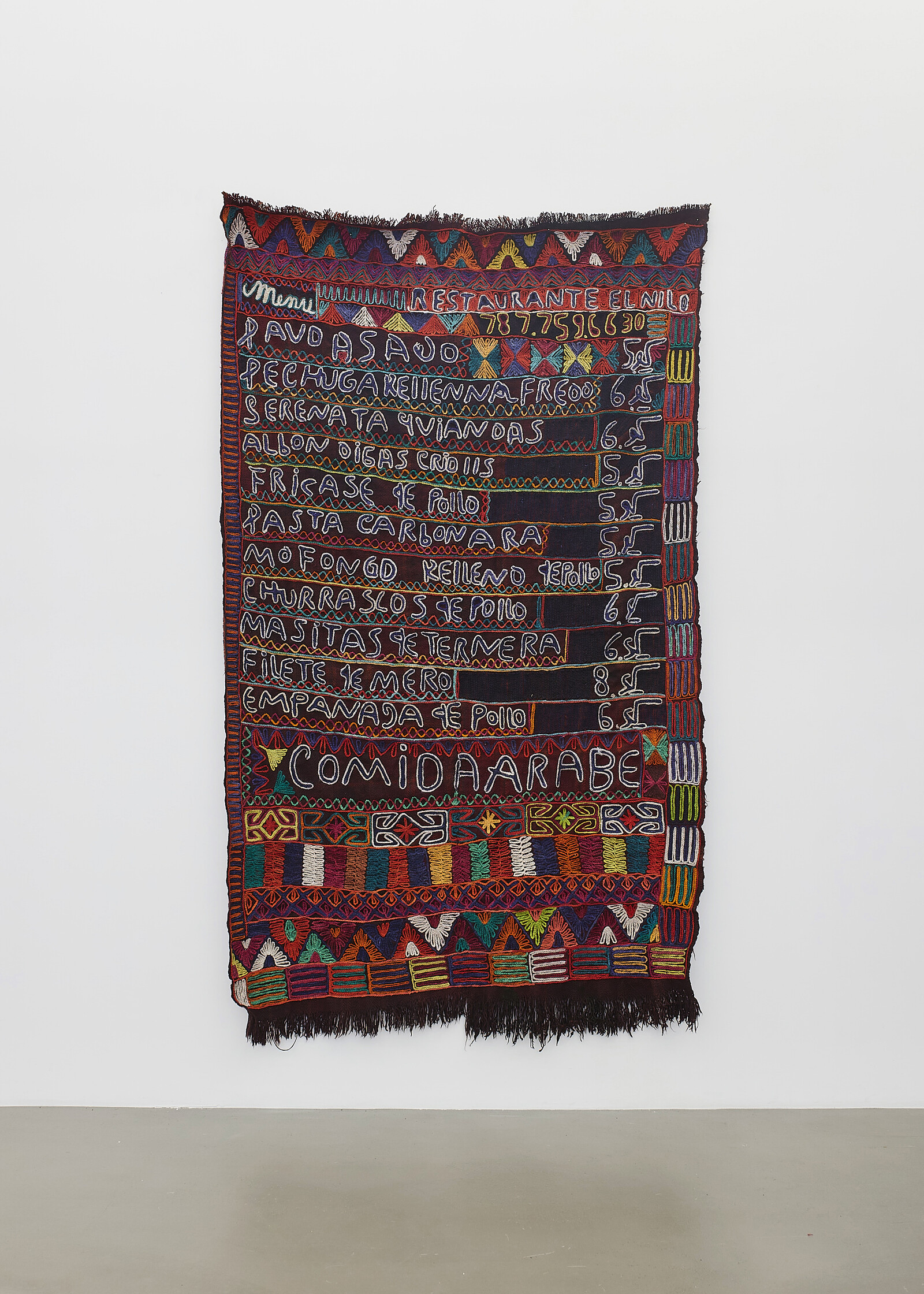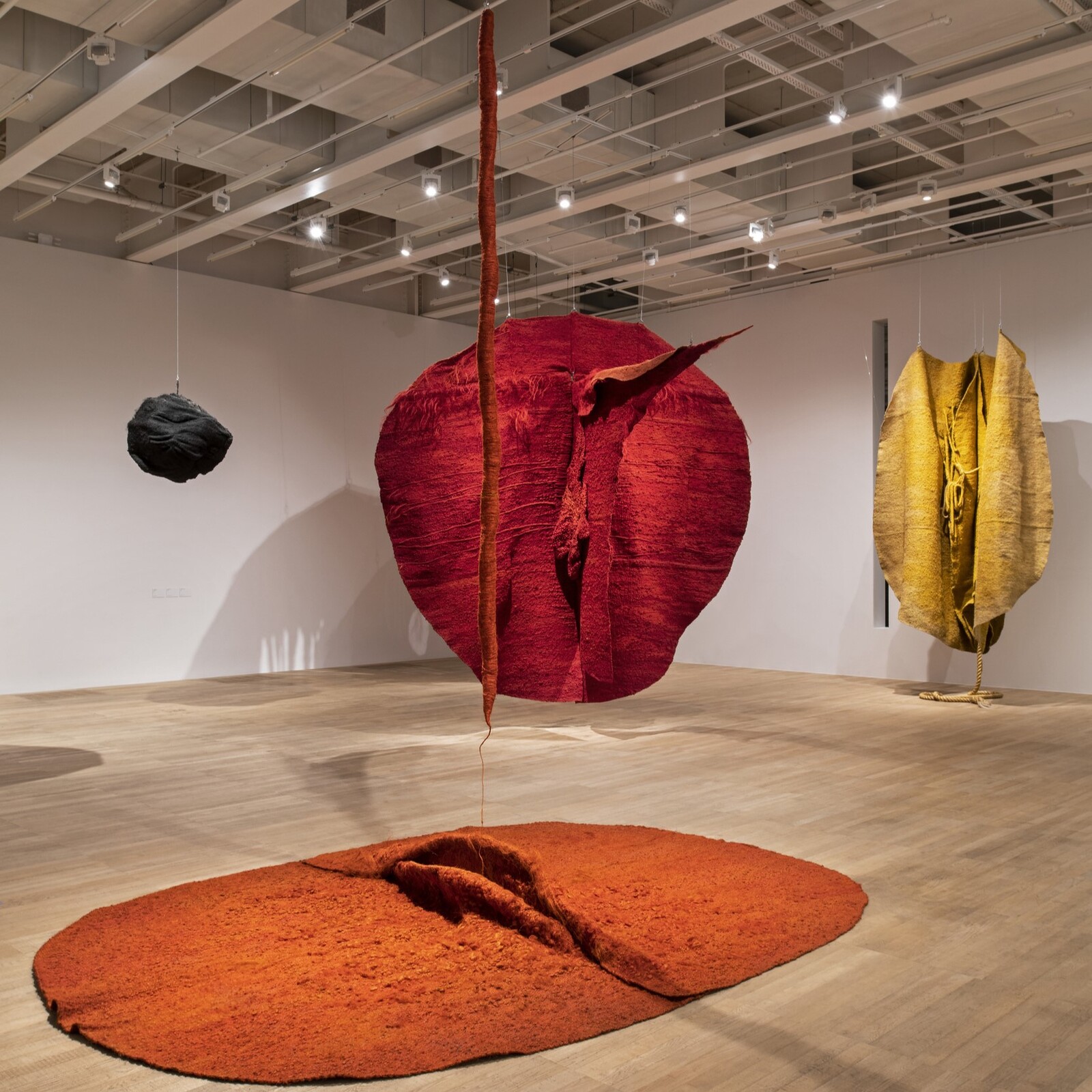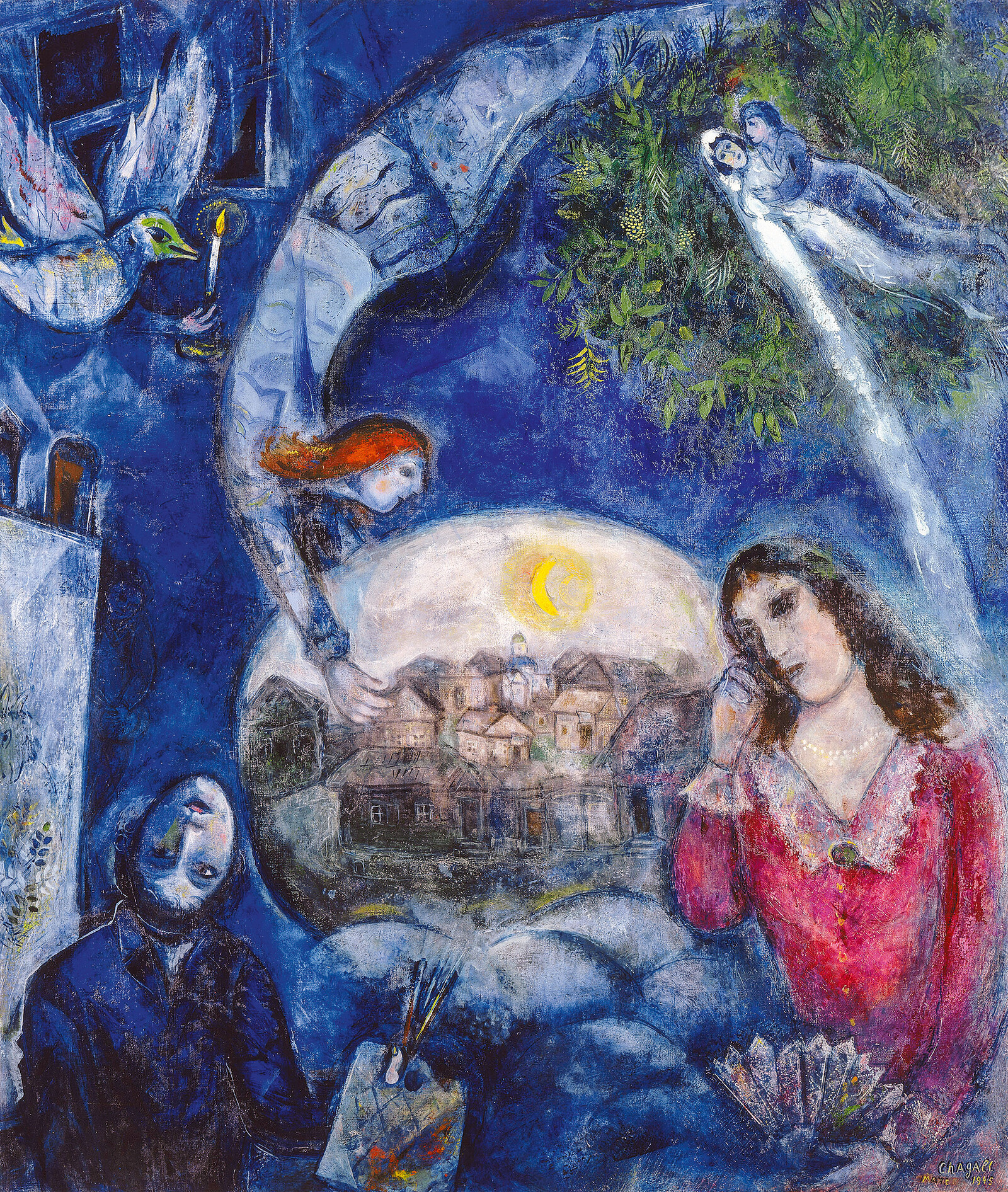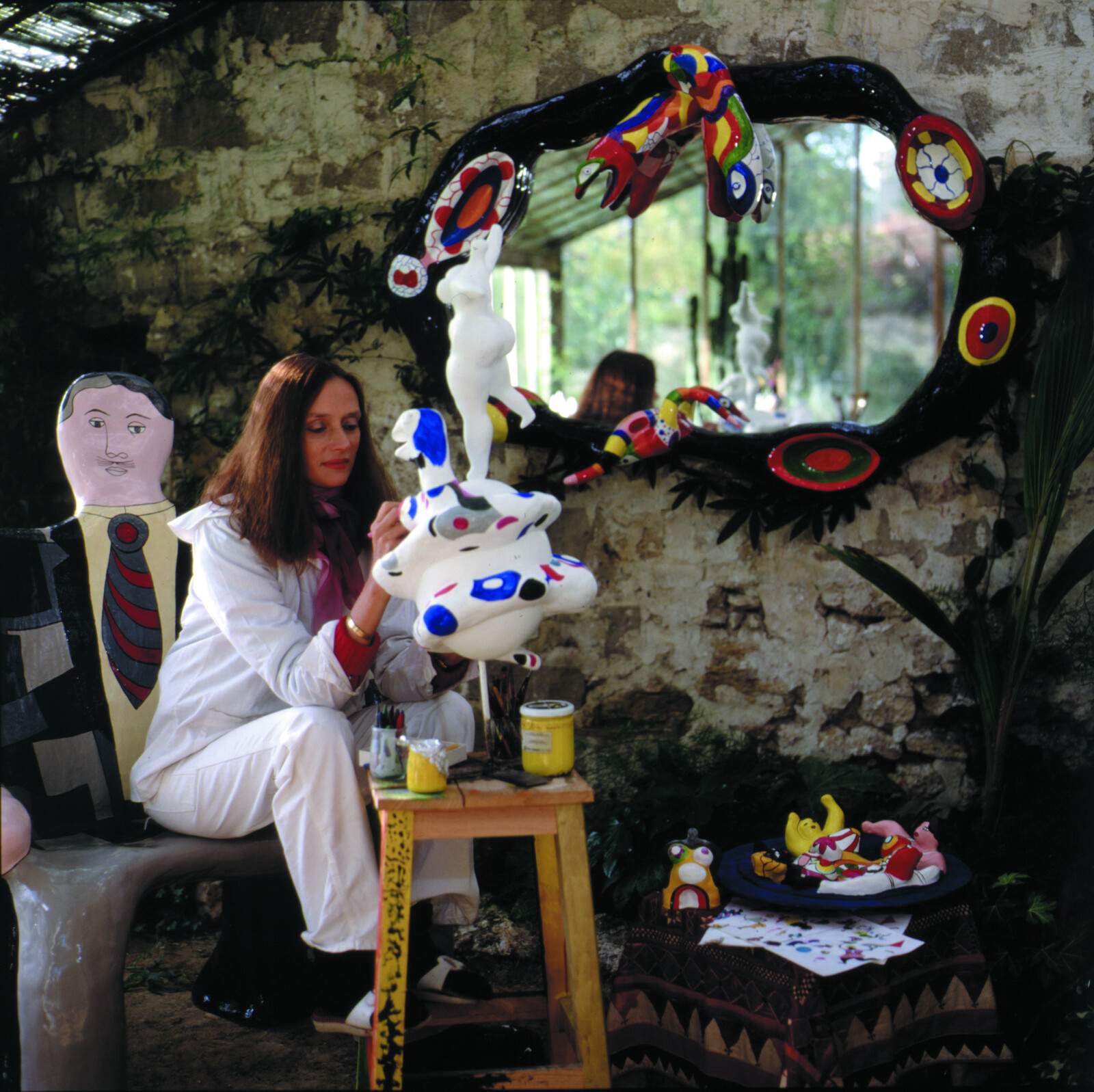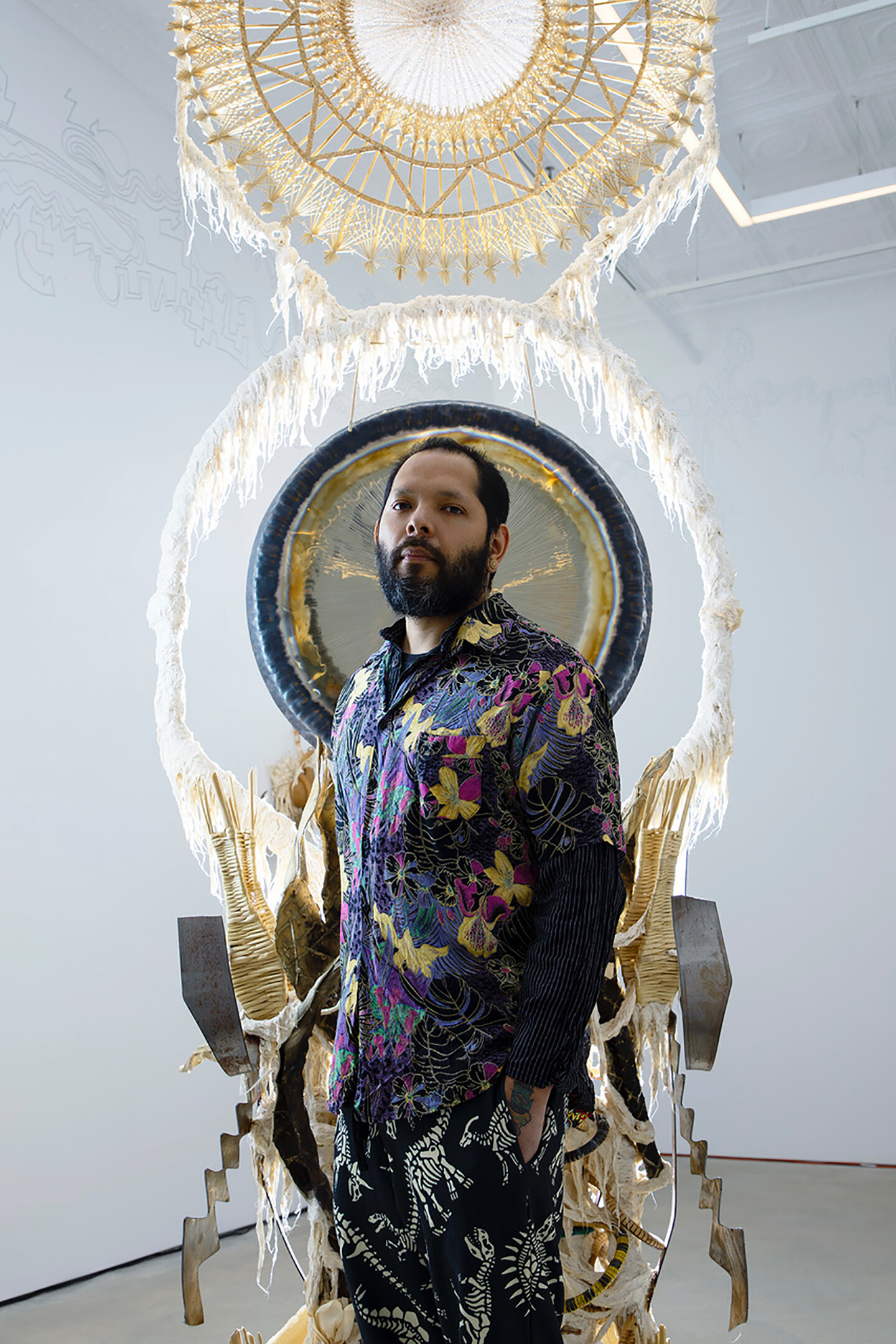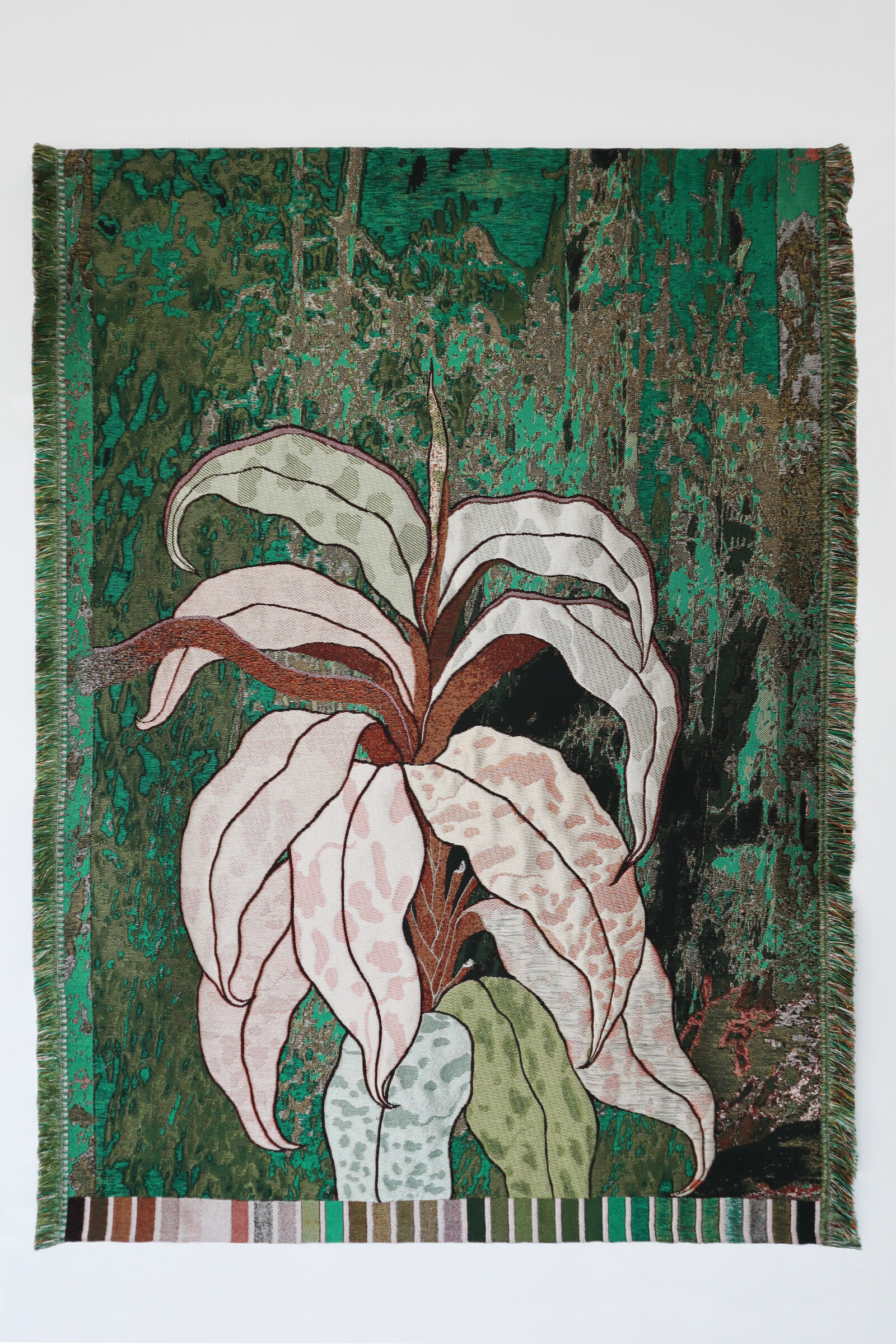Sound Botánica
January 14–April 30, 2022
Sound Botánica, presenting over 30 works by the 2021 recipient of the Lise Wilhelmsen Art Award, is curated by Caroline Ugelstad, chief curator at the Henie Onstad and will open in January 2022.
Guadalupe Maravilla (b. 1976, El Salvador) is a visual artist working and living in Brooklyn, New York. In 1984, aged eight, Maravilla immigrated to the United States as an undocumented, unaccompanied child, fleeing civil war in El Salvador. When as an adult, he was diagnosed with cancer, Maravilla was treated with radiation and chemotherapy alongside healing practices and became cancer-free. The artist’s interdisciplinary practice constantly refers to these experiences of exile and illness, migration and healing.
A series of freestanding sculptures entitled Disease Throwers, which are created from found objects and materials collected while Maravilla retraces his migration journey, will be on display in the exhibition. At the heart of each sculpture is a gong that is activated during sound baths; a collective, ritual, and meditative healing experience created by the artist.
During the opening weekend at Henie Onstad, four sound baths, two on Saturday and two on Sunday, will be open and free for visitors to attend. Please note, the number of participants is restricted and registration is necessary (www.hok.no).
Sound baths:
January 15, 10–11am and 4pm–5pm
January 16, 10–11am and 4pm–5pm
Sound healers include Guadalupe Maravilla, Daniel Givens, Hillary Ramos, and Sam Xu.
The exhibition and acquisitions form part of the Lise Wilhelmsen Art Award Programme 2021, which presents 100,000 USD in prize money to a distinguished artist whose work will inspire and motivate future generations to active participation and social responsibility. The award is presented bi-annually and is intended to mark a significant milestone in an artist’s career. Guadalupe Maravilla is the second artist to receive the award, which was inaugurated in 2019 with Otobong Nkanga as its first recipient. Two works by Guadalupe Maravilla have been acquired for the Henie Onstad Collection as part of the 2021 Lise Wilhelmsen Art Award Programme: Disease Thrower #7 and I want to thank these magnificent fruits Retablo.
The exhibition in Norway presents a survey of Maravilla’s considerable body of work. In addition to the Disease Throwers series, Sound Botánica highlights works from:
Tripa Chuca (Dirty Guts) is a reference to a Salvadorian game that Maravilla played during his childhood and along his migration route. The series is also represented in a site-specific work at the Henie Onstad, in which Maravilla “plays out” the game in collaboration with a previously undocumented person. In these drawings, Maravilla directly treats the topic of migration and his own immigration history.
In his Embroideries series, Maravilla condenses the thematic elements of his drawings. On each embroidered work, disembodied limbs, hands, and clenched fists are stitched with dripping blocks of ice (a reference to ICE, the U.S. Immigration and Customs Enforcement), skulls, and a hand sowing seeds. These are fictive, contemporary emblems created by the artist to symbolise resistance against the persecution of and political pressure on undocumented immigrants.
Retablos are devotional “ex-voto” paintings, a popular art form traditionally used to express gratitude for surviving dangerous events. In Maravilla’s retablos, and in the long inscriptions he has inscribed on each of them, the artist gives thanks and expresses gratitude for, among other things, a new chance in life after his cancer treatment, which has made it possible for him to continue as artist and healer.
The exhibition is accompanied by an illustrated exhibition catalogue. One of the first publications presenting Guadalupe Maravilla’s work, it features new essays by Michelle Kuo, danilo machado and Allie Tepper, a curatorial essay by Caroline Ugelstad, a foreword by Tone Hansen and by Paulina Rider Wilhelmsen, as well as a conversation between the artist and Diya Vij.

